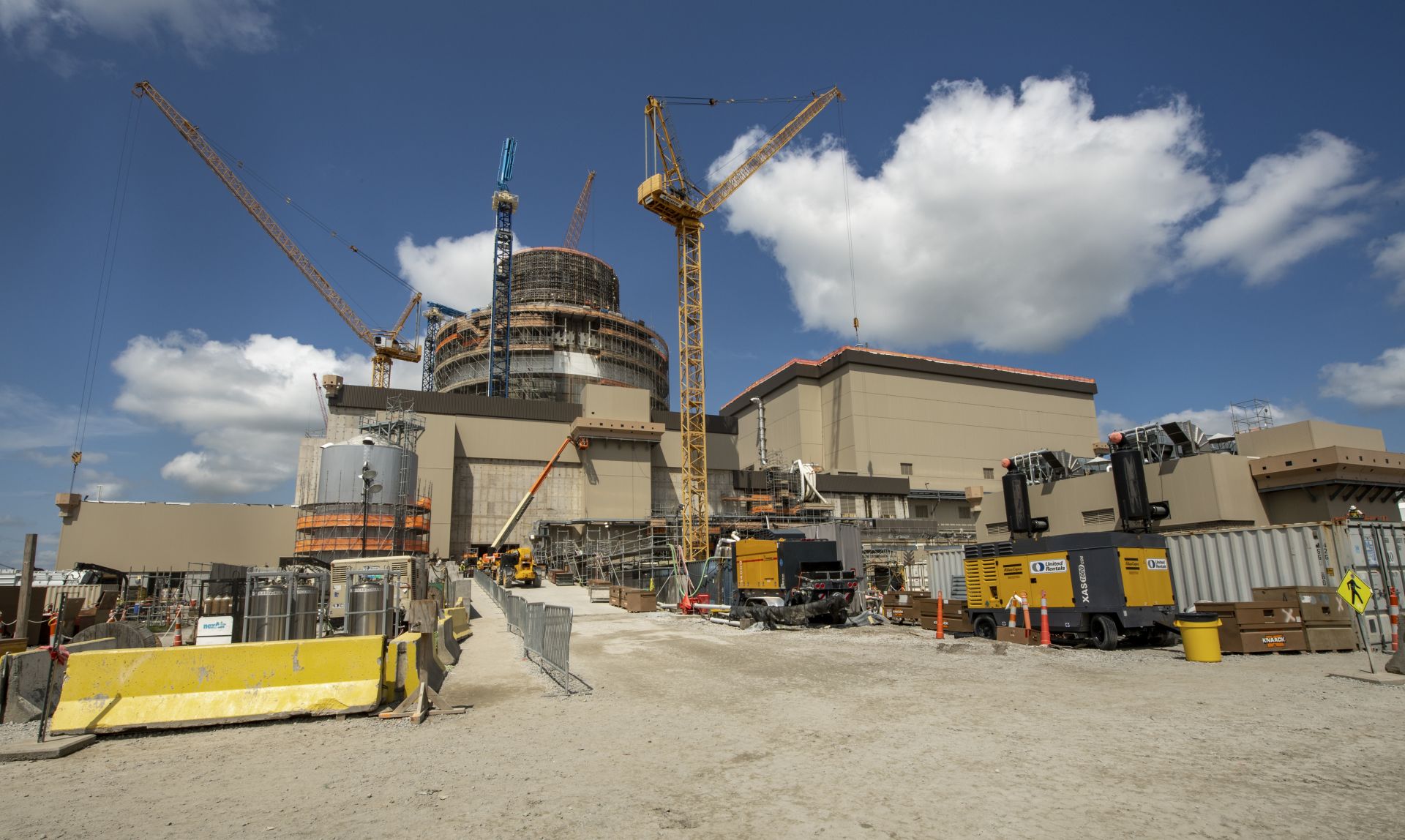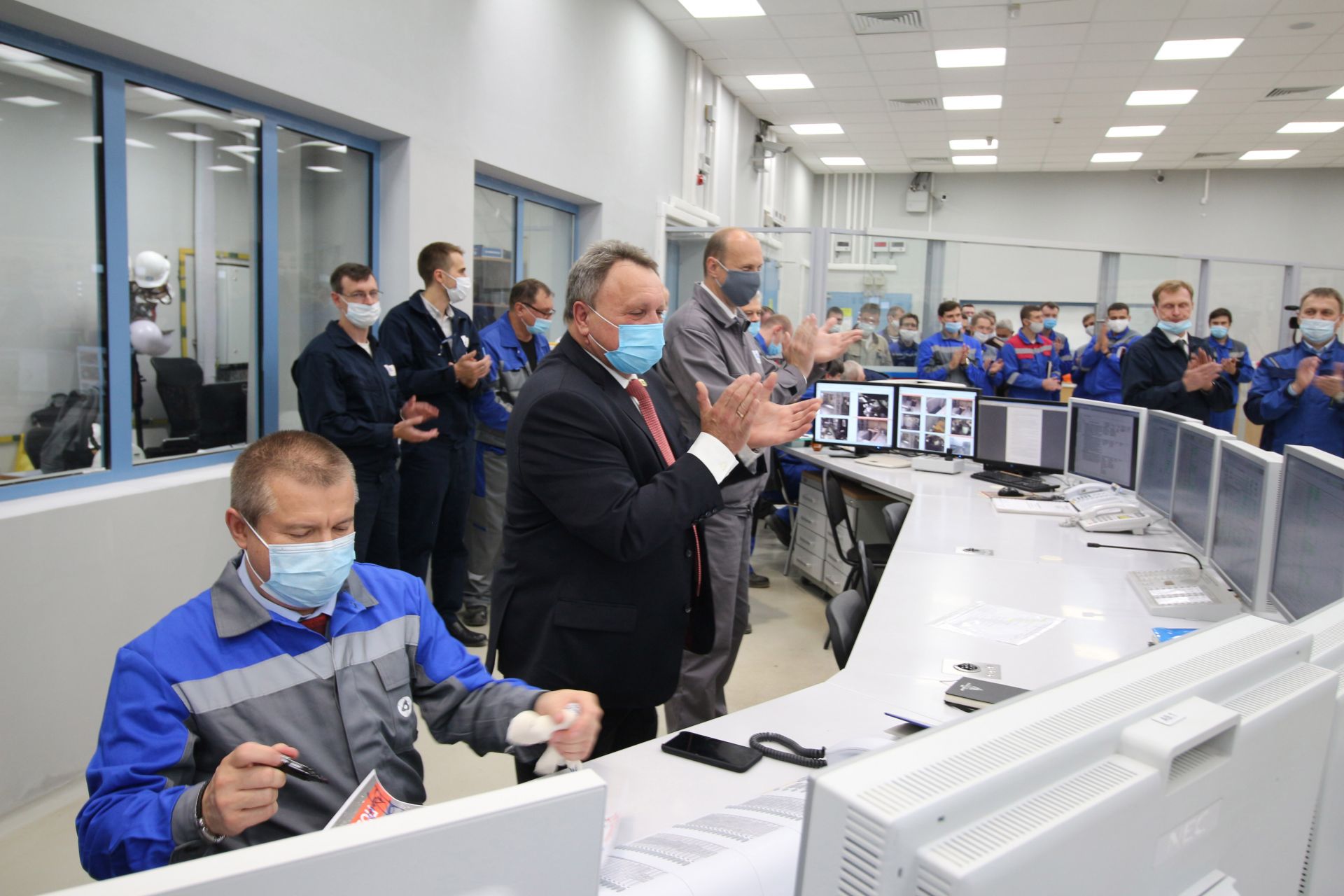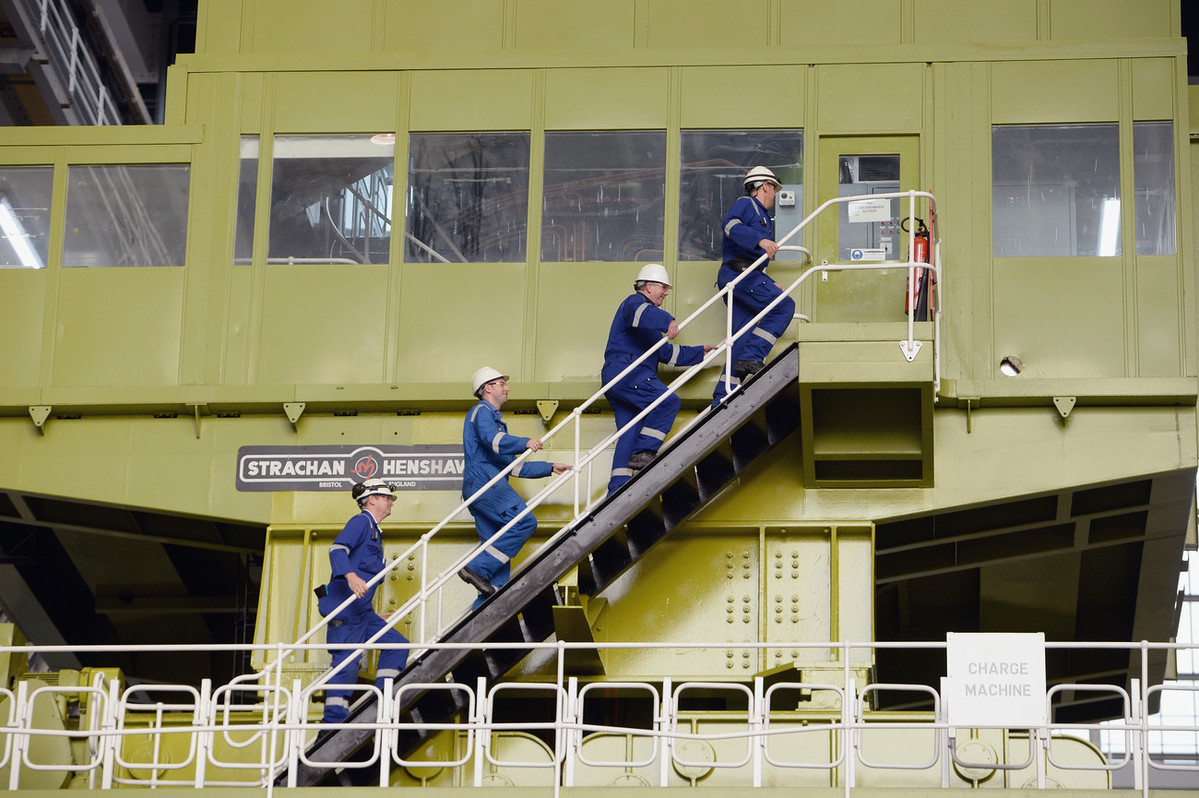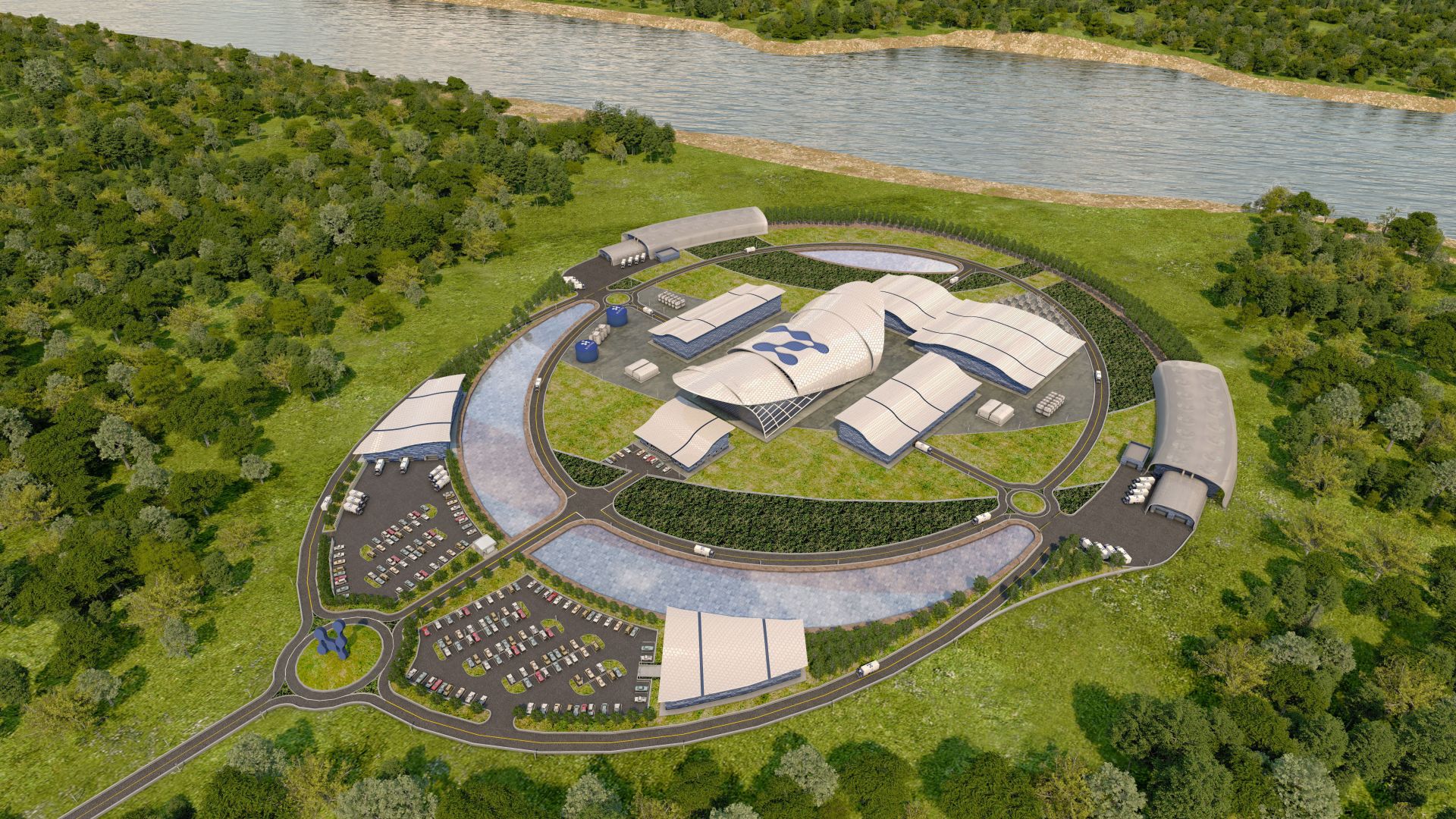Canada’s Darlington-3 refurbishment begins

Ontario’s Darlington nuclear power plant. Photo: OPG
The latest phase of the Darlington nuclear power plant’s refurbishment project began last week with the start of the defueling of Unit 3, according to Ontario Power Generation (OPG). Originally scheduled to begin in May this year, Unit 3’s refurbishment was postponed due to the COVID-19 pandemic.
Located in Clarington, Ontario, Canada, the Darlington plant houses four 878-MWe CANDU pressurized heavy-water reactors, all of which entered commercial operation in the early 1990s. The 10-year refurbishment project—which was 10 years in the planning—commenced in earnest in October 2016, when Unit 2 was taken off line (NN, Dec. 2016, pg. 45). The refurbished Unit 2 was returned to service in early June, and in late July Unit 3 was shut down and disconnected from the grid in preparation for its refurbishment.


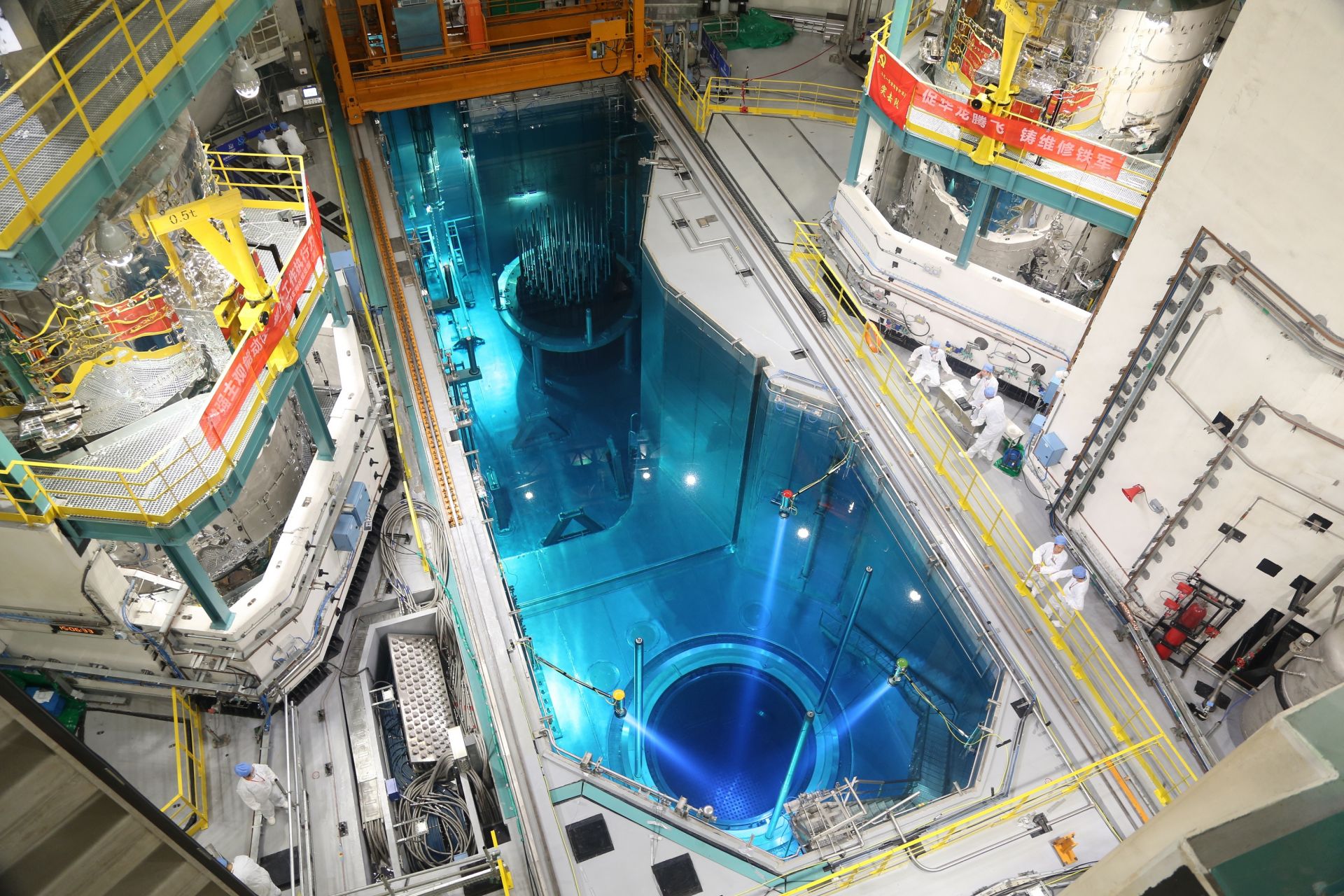
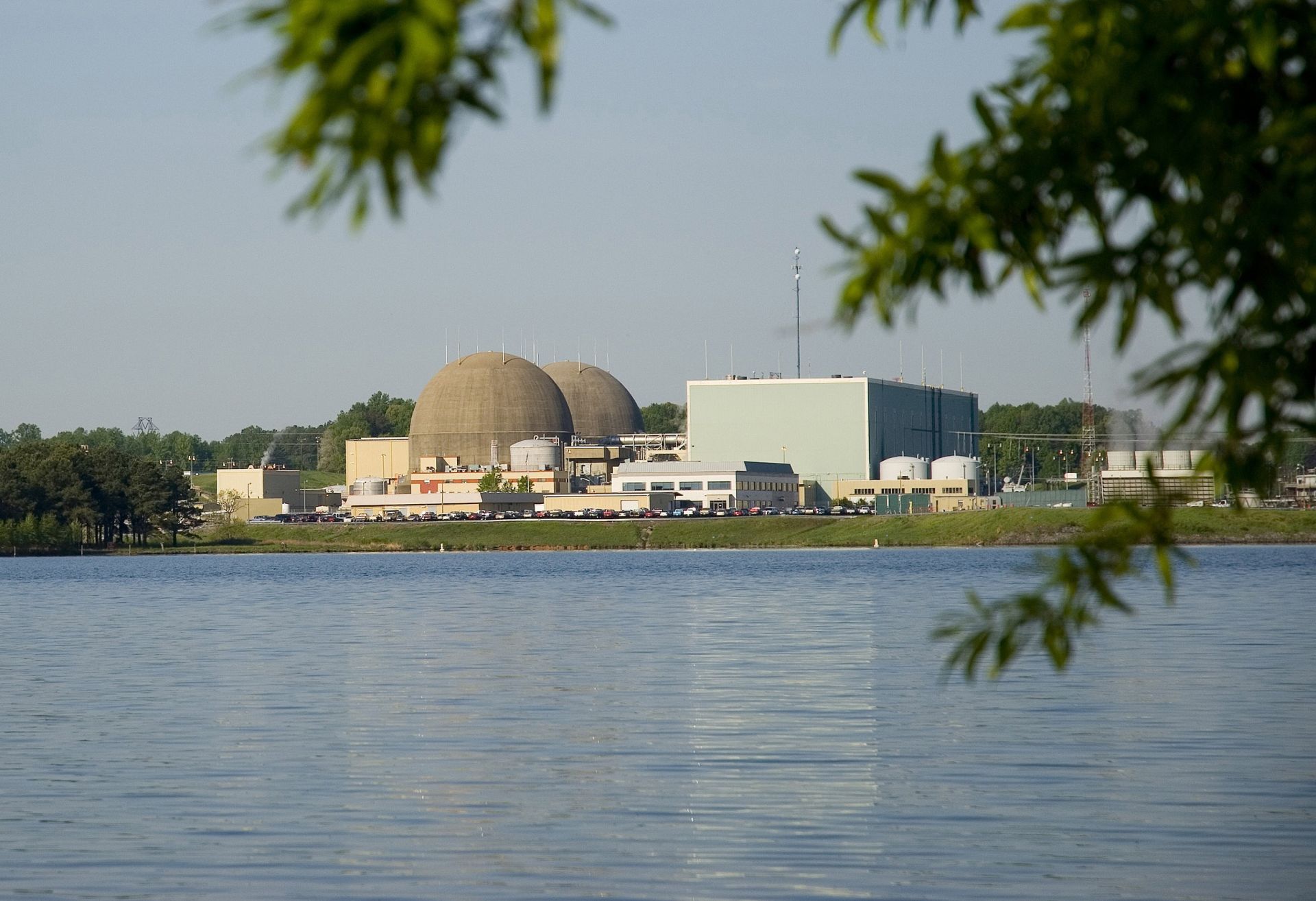

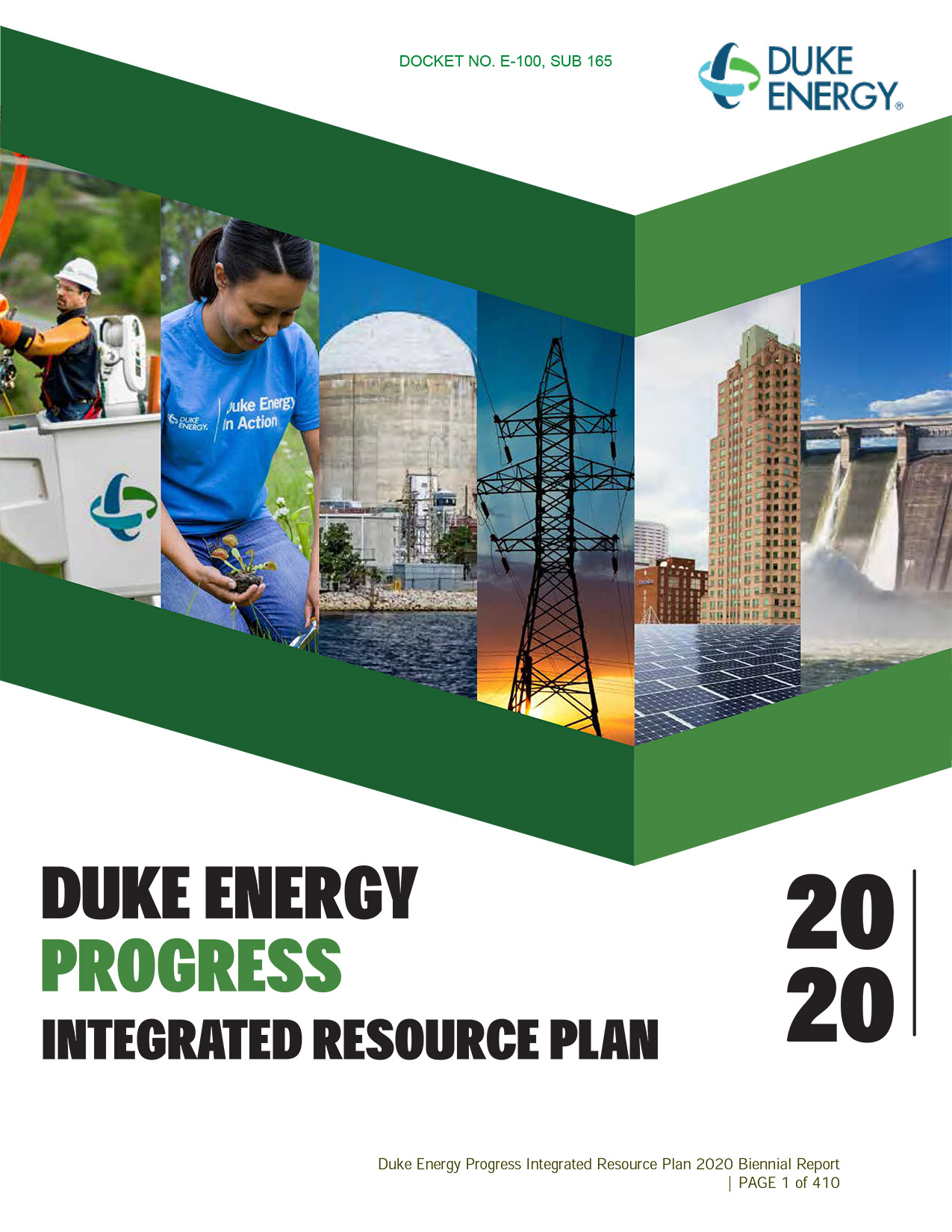 Duke Energy Progress and Duke Energy Carolinas have filed their 2020 Integrated Resource Plans (IRPs) with state regulators, parent company Duke Energy announced September 1.
Duke Energy Progress and Duke Energy Carolinas have filed their 2020 Integrated Resource Plans (IRPs) with state regulators, parent company Duke Energy announced September 1. The Nuclear Industry Association (NIA), the trade group for the United Kingdom’s civil nuclear industry, unveiled a new report yesterday that sets out a framework for cutting the cost of building new nuclear power plants in Britain.
The Nuclear Industry Association (NIA), the trade group for the United Kingdom’s civil nuclear industry, unveiled a new report yesterday that sets out a framework for cutting the cost of building new nuclear power plants in Britain.